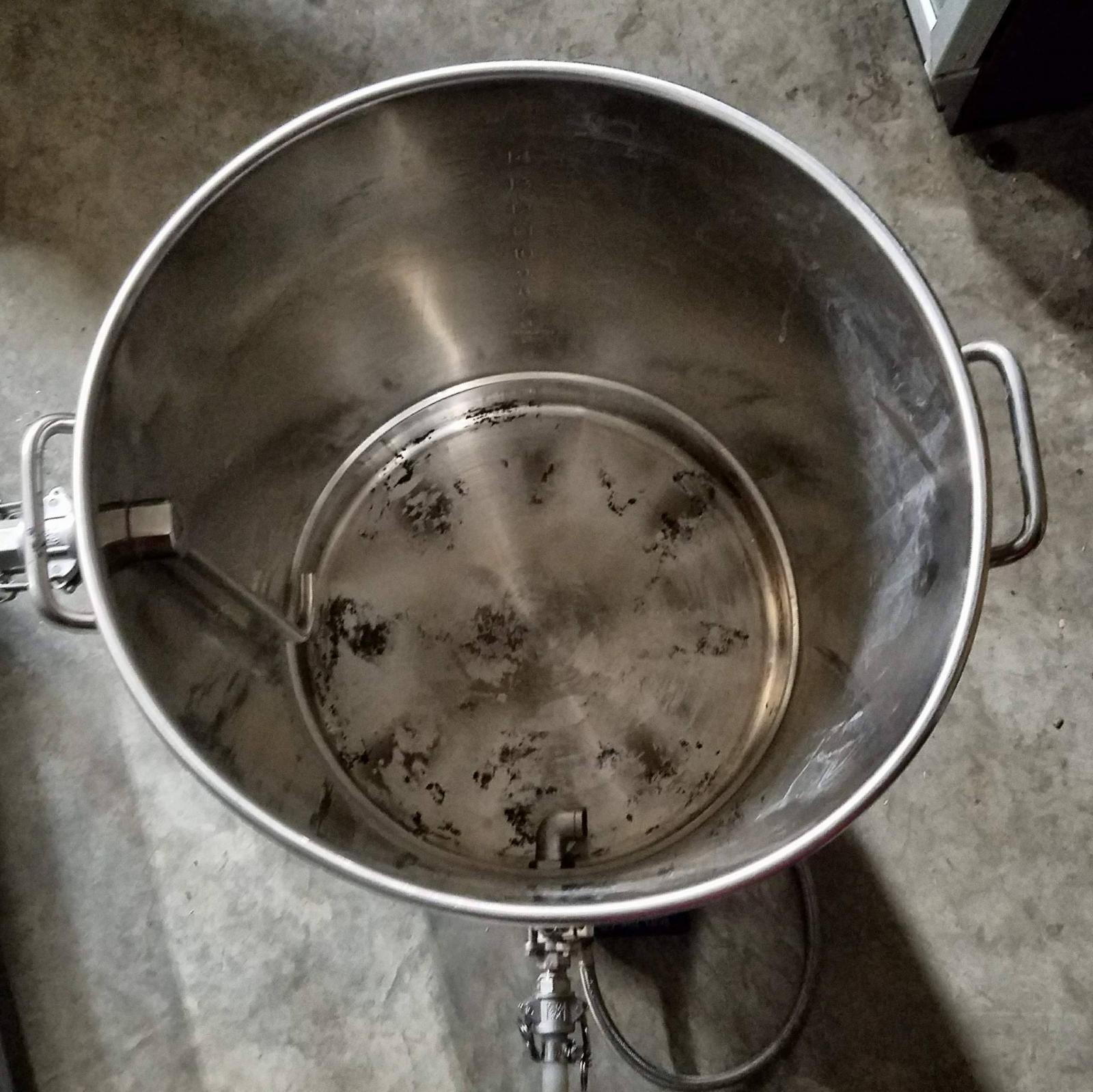It may interest you, here's what my k-rims (2 pump) looks like after about a year using it.
http://onbrewing.com/2017-brewery-update/
I unconventionally do not use an auto-sparge (probably not advisable). I do use two diaphragm valves to fine tune flow rates from the pumps. I use one 5500watt element, and full volume mash. The total water used in one of my 14 gallon batches is typically around 19-20 gallons. That is a lot of heat capacity there. A consistent, slightly coarse crush is important, a good mill, good false bottom. I run quicker recirculation rates than what is typically recommended, but it's what is needed to get the job done with this design I believe.
I do get some grain bits in the boil kettle, but I mitigate the bulk of it with mash tun only recirculation/vorlauf to start.
Stainless steel plumbing throughout is beautiful, but a mistake! Heat loss from the huge surface of highly conductive plumbing (relative to silicone), makes temperature control harder than it needs to be. Not impossible, and I do get good results overall, but the vorlauf stage of my process is the largest challenge, as it drops mash temps quick - there's recirculation but no active heating. The way I've learn to mitigate that is to slowly do an infusion from the boil kettle (which is still holding water near strike temp) while this is on going.
In the immediate future I will be adding a pressure sensor to control pumps (off/on to augment the manual flow equalization with diaphragm valves) to stay within a specific volume range in the boil kettle. As well as cut power to the element to prevent dry firing.
From there I have lots of thoughts - get a pump that I can do RPM control of, or a proportional valve to use in combination with volume sensing for flow equalization. Maybe switch to a two tier design - get one nice sanitary pump that I can use with a VFD, and sell my current "TC" chugger pumps, maybe get some 1" brewers hose to go with it. Wedge wire false bottom for finer filtering. There's always something!













































![Craft A Brew - Safale BE-256 Yeast - Fermentis - Belgian Ale Dry Yeast - For Belgian & Strong Ales - Ingredients for Home Brewing - Beer Making Supplies - [3 Pack]](https://m.media-amazon.com/images/I/51bcKEwQmWL._SL500_.jpg)

















